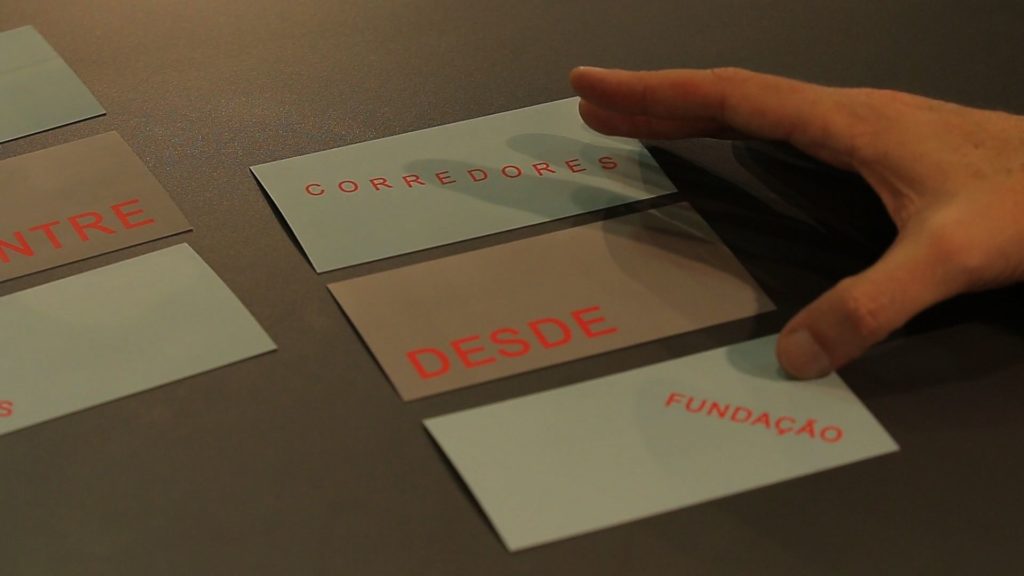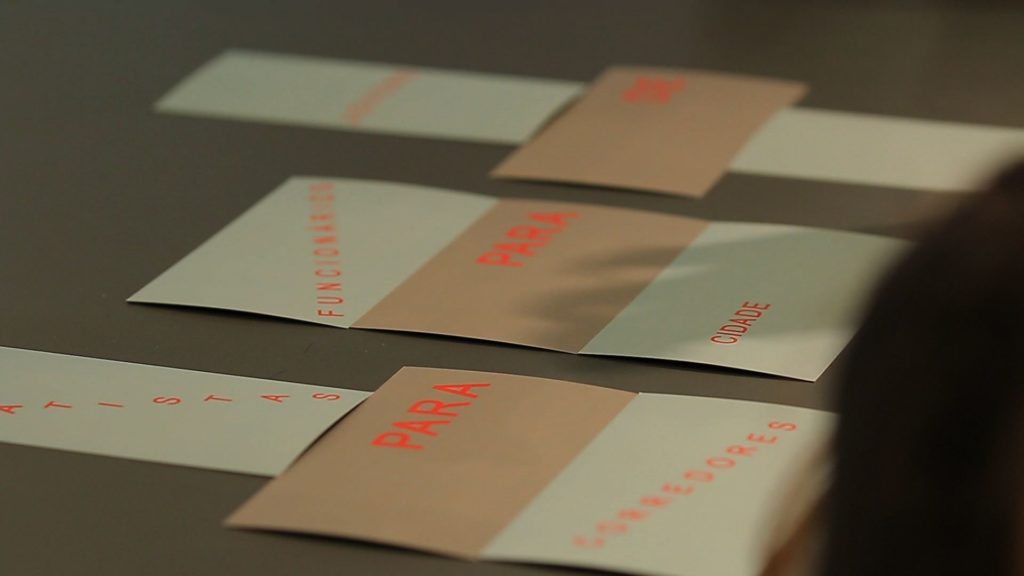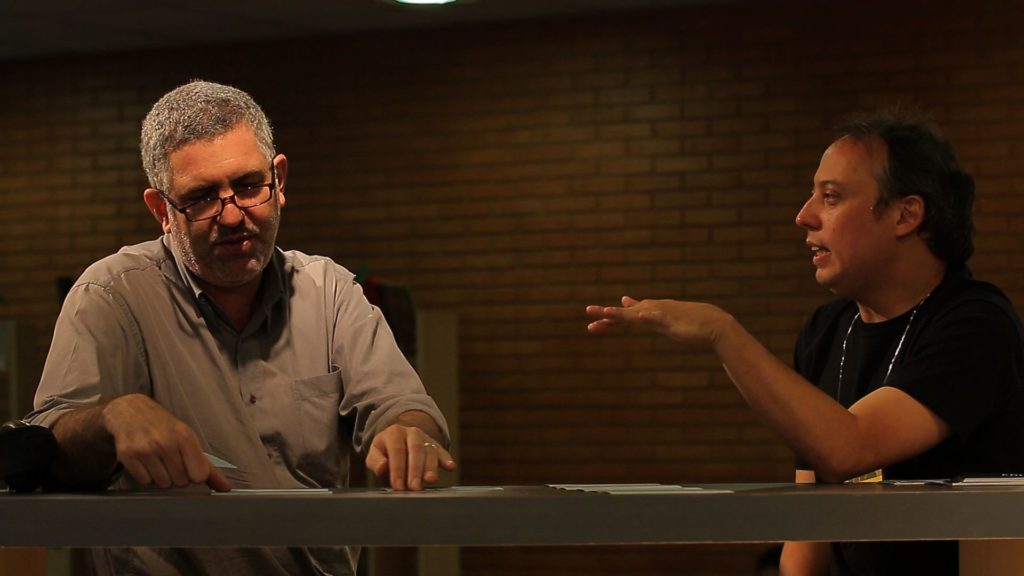'Involuntary Works' at Sesc Ipiranga BY Elizabeth Wright
Project Proposal
Over time, do buildings take on the characteristics of their occupants, whereby users leave a trace of themselves? Or do the inhabitants collectively represent the building? How might we record the imprints and marks that have materialized from 1954 to 2016 within the fabric of the Sesc Ipiranga site; tracing daily acts, from the manifest to the quiet indexical prints that fold back the habits and rituals performed during this period? ‘Involuntary Works’ was a term first used by the 20th century French Surrealist photographer Brassaï. Referring to the use and manipulation of everyday objects, such as bus tickets and bread rolls, photographed in extreme close up, to monumentalize the act of human unconscious play, thereby becoming ‘involuntary’ photographic sculptures (as seen in the magazine Minotaure[1]). How might we find instances where the building’s fabric and spaces have been sculptured, through everyday performances by the Ipiranga community and locate changes in the structure that have subtly transformed the original building into its current form, enabling its users to engage in a dialogical sculptural exchange?
How to record and respond to ‘Involuntary Works by Sesc Ipiranga’, is the subject of our discussion; we could begin by locating relevant capture methods, setting up a process to establish what is agreed to be the most appropriate technique. This might depend upon the authoritative devices the recording was subject to: forensic photography, archeology, anthropology and psychogeography, each prescriptive of a set methodology and discipline. How to locate and activate the recorded material, either within an exhibition or archive, would form part of the exchange. In parallel to understanding Ipiranga as a sculptural process we should consider how to continue the recording of its unfolding and make the ‘Involuntary Works’ accessible to a wider public. For Brassaï, the magazine form, was a space for display and the dissemination of the sculptural works, and for us, the form of the website our platform.
Elizabeth Wright, Artist and senior lecturer, 3D Pathway Leader on the BA Fine Art Course at Central Saint Martins.
[1] Brassaï's photographs of Involuntary Sculptures were published in number 3-4 of Minotaure, a Surrealist orientated magazine published between 1933 and 1939.







